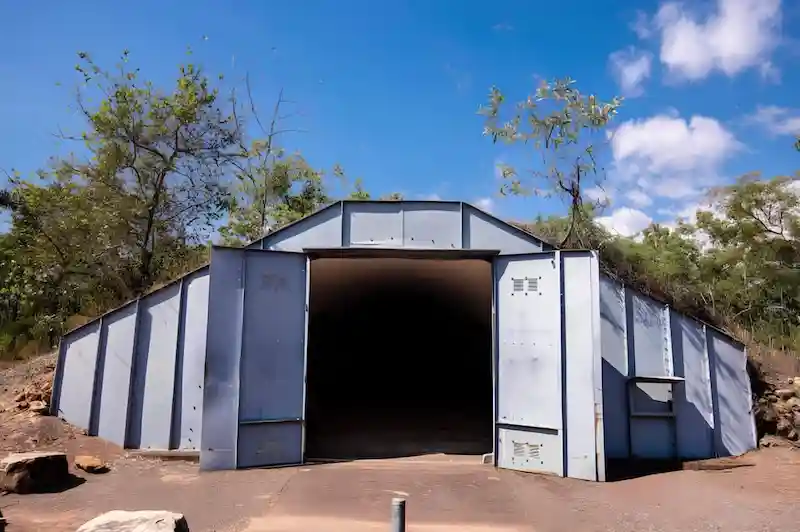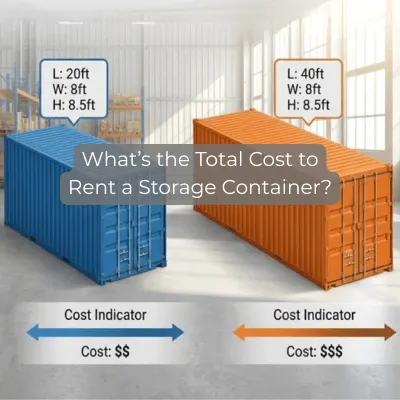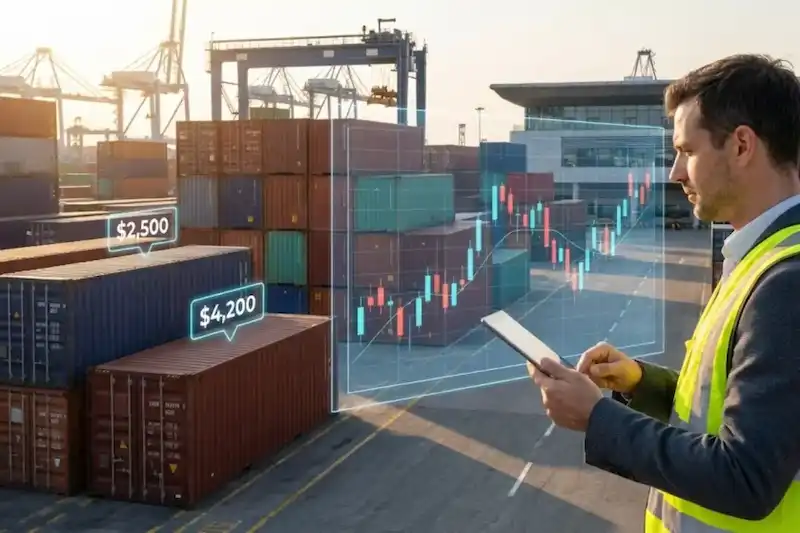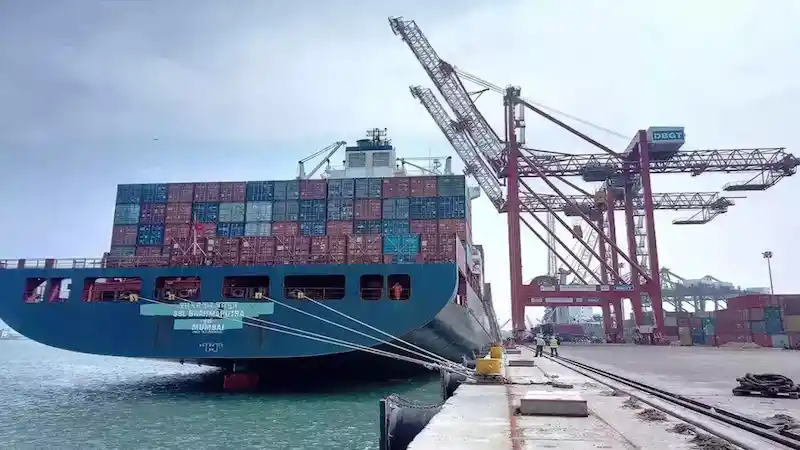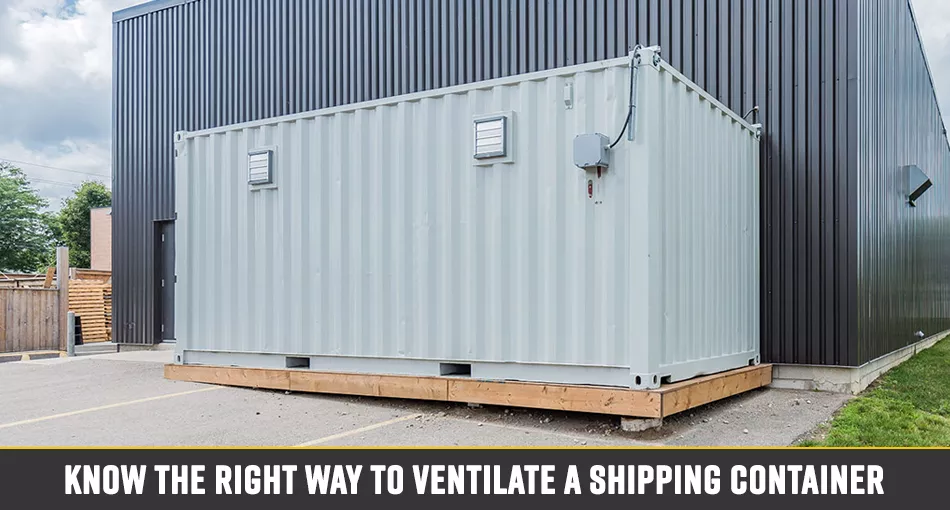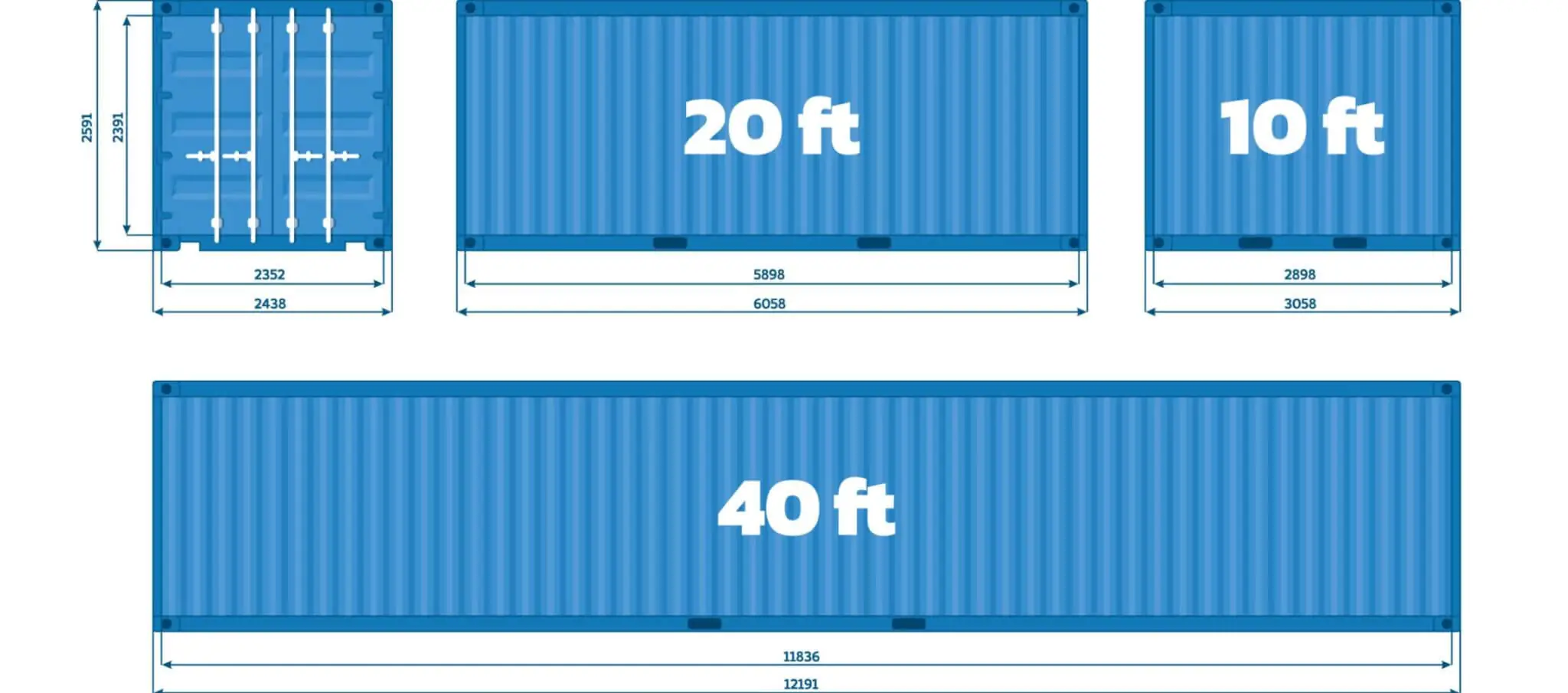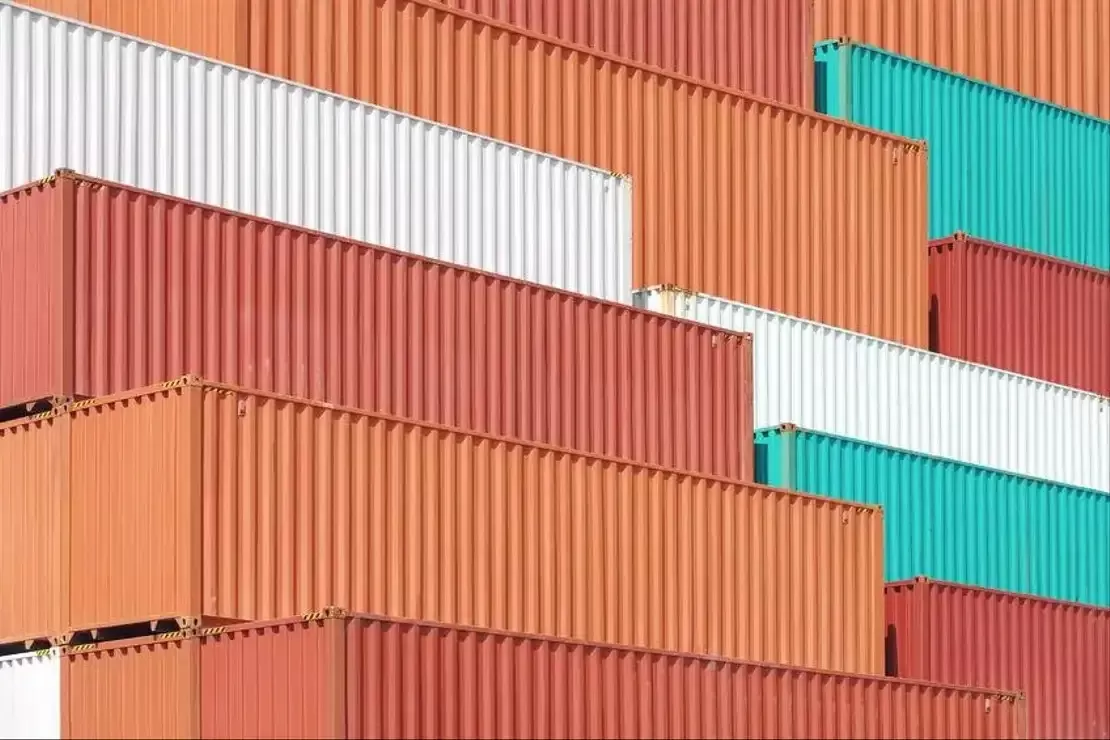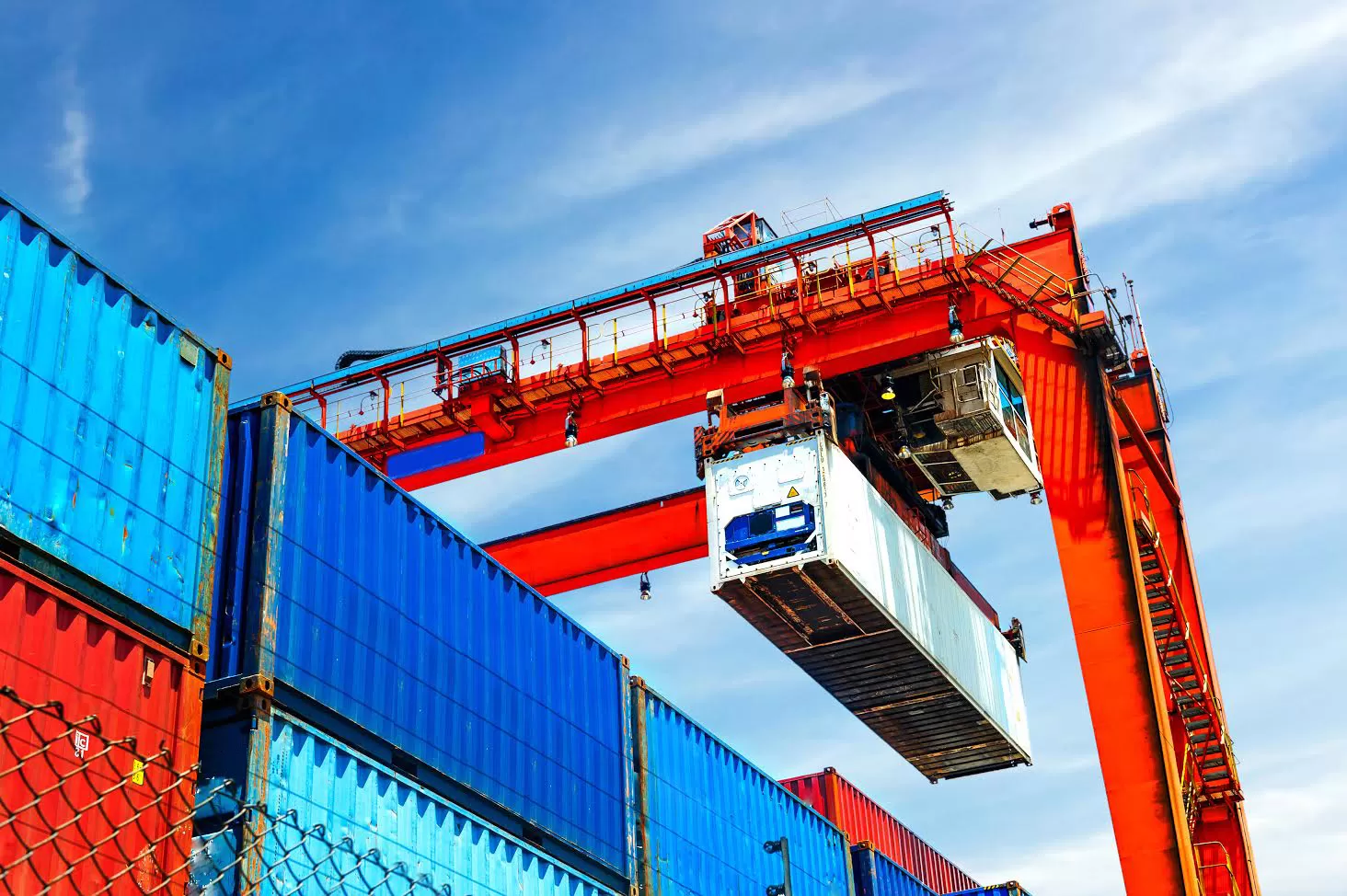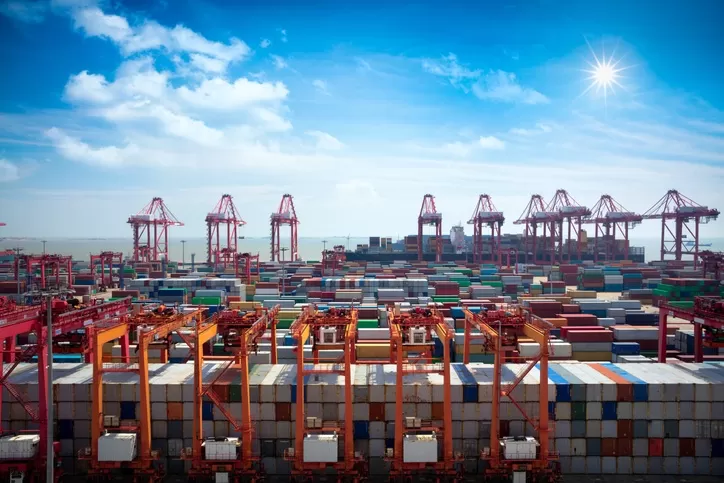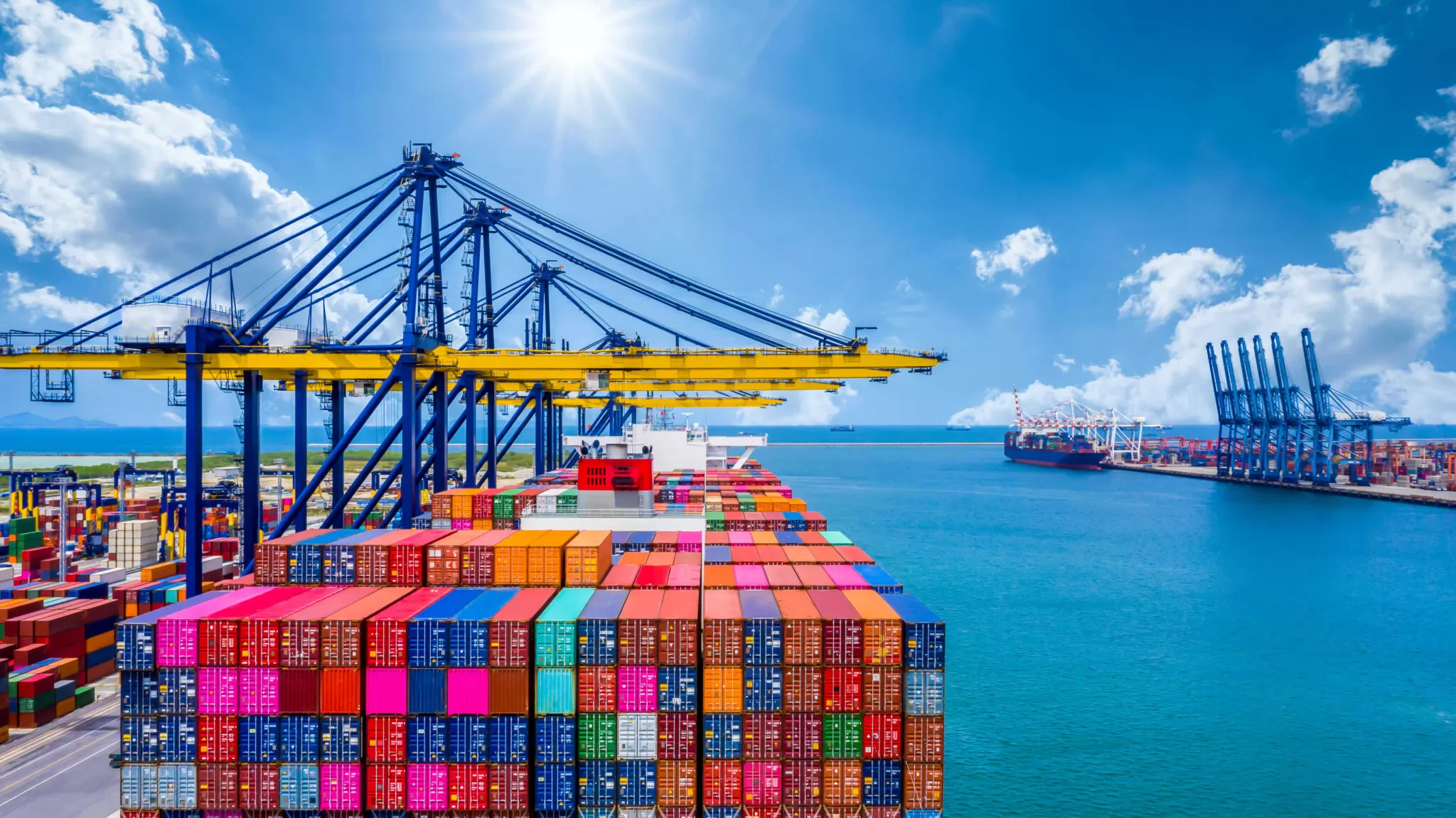What Do All the Labels on Shipping Containers Mean

Shipping containers are vital for global commerce. They transport products from factories to stores, from farms to dining tables, and from mines to manufacturing plants. But have you ever wondered what all those labels on shipping containers mean?
Why do shipping containers have labels
The labels on shipping containers serve as important communication tools within the supply chain, providing essential information which facilitates the movement of goods from one place to another. Each label contains information on the contents, origin, destination, weight, and other relevant details of the container. This information is indispensable to all parties involved in the shipping process — from the initial shipper to the final recipient. Labels act as the language of international trade, allowing for smooth transactions across borders.
Shipping container labeling requirements: Where to find a label
The labels on shipping containers are required by the International Convention for Safe Containers (CSC) which says that they should be present on every container. The safety approval plate, commonly known as the CSC plate, is usually located on the left-hand side of the container’s door end.
As mentioned earlier, the labels contain important information, including the container’s content, weight, destination, origin, and other specifics. For containers taller than 8 ft, 6 inch, height markings are obligatory, usually presented as measurement numerals on a yellow background. Special labeling requirements also exist for containers transporting hazardous materials. The warning labels for hazards are obligatory and restricted to the container where the dangerous substance is kept.
Components of shipping container labels
Shipping container labels contain several key elements that are crucial for efficient handling and transportation of goods.
- An identification number is unique to each container and helps track and trace it during transit.
- Size and type codes provide information about the container’s physical characteristics, such as its construction and dimensions.
- The container’s maximum gross weight includes the weight of the container itself and the cargo it can safely handle.
- The details of the container’s owner and operator are essential for accountability and contact purposes.
- Containers transporting hazardous materials require extra markings and signs, as specified by the International Maritime Dangerous Goods (IMDG) Code, to warn all those handling the container of any potential hazards.
Each component of a shipping container’s label ensures that the goods reach their destinations efficiently and safely.
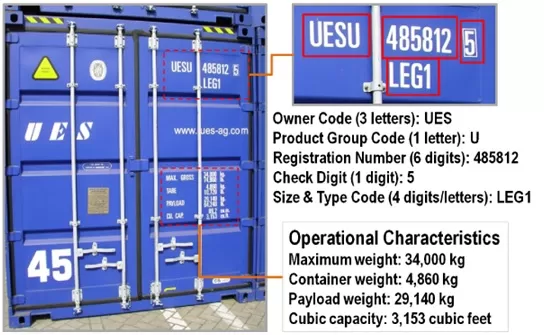
Other markings on a shipping container
Apart from standard labels, shipping containers may have additional markings that provide further information.
- A “CSC Safety Approval” stamp certifies that the container meets safety standards and is suitable for transport according to international conventions.
- The “Tare Weight” indicates the weight of the container when empty, without including the weight of the goods inside.
- The “Payload” is the maximum weight of cargo that the container can safely carry.
- The “Cubic Capacity” label shows the total volume of space available for cargo within the container, measured in cubic meters or cubic feet.
- For refrigerated containers, there is an “MGW’ (Maximum Gross Weight) marking, indicating the maximum combined weight of the container and its contents when loaded.
- Containers carrying hazardous materials have specific symbols, known as hazard pictograms, to warn about the risks associated with the contents.
Additional markings on shipping containers may seem like an array of confusing symbols and numbers at first glance, but they play a vital role in global logistics as well.
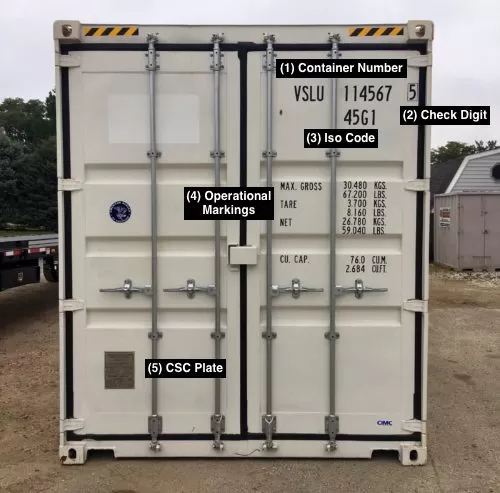
What about hazardous materials
It is important to follow specific guidelines and symbols when managing hazardous materials as they pose potential risks to people, property, and the environment, so they require careful handling.
Shipping containers carrying these materials display symbols that offer information about the nature of the risk, such as whether the material is flammable, corrosive, toxic, or radioactive. This allows handlers to take necessary precautions when handling these containers.
Legal requirements also stipulate how these materials should be transported and stored. Correct labeling of hazardous materials on shipping containers is not only a safety measure, but a legal requirement.
Conclusions
So, the next you spot a shipping container, bear in mind the abundance of information it holds. Understanding its language not only provides insight into the journey of the goods inside, but also sheds light on the fascinating mechanics of global trade.
Pelican Containers - Your Quest for Quality Shipping Containers Ends Here!
Pelican Containers has been around for years now and is a reputed name in the used container trading industry. We are the most preferred container suppliers to our clients all over the globe and are known for our unparalleled quality and service.
Vanessa is a dedicated writer and content enthusiast at Pelican Containers. With a background in practical writing and a keen eye for clarity, she transforms complex container topics into easy-to-understand and useful content. Her passion lies in exploring the evolving world of container usage — from smart storage hacks to global logistics trends.
When she's not writing, Vanessa loves discovering creative shipping container projects or traveling to find new inspiration.
Explore thoughtful, informative, and accessible content with Vanessa!
Vanessa is a dedicated writer and content enthusiast at Pelican Containers. With a background in practical writing and a keen eye for clarity, she transforms complex container topics into easy-to-understand and useful content. Her passion lies in exploring the evolving world of container usage — from smart storage hacks to global logistics trends.
When she's not writing, Vanessa loves discovering creative shipping container projects or traveling to find new inspiration.
Explore thoughtful, informative, and accessible content with Vanessa!
FAQ
What is the purpose of the labels on shipping containers, and why are they important?
The labels on shipping containers provide important information about the container and its contents, such as weight, handling instructions, and potential hazardous materials. They guide the safe, secure, and efficient delivery of goods inside the container.
How do the labels on shipping containers help to ensure safety and compliance during transport?
The labels on shipping containers clearly outline handling instructions and identify any potential hazards, helping prevent accidents and mishandling.
Are there any international standards or regulations that govern the labeling of shipping containers?
Yes, there are international standards and regulations that govern the labeling of shipping containers. One of these is the Convention for Safe Containers (CSC). It requires a CSC plate to be displayed on containers, signifying that they have undergone inspection and meet established safety standards.
What are some of the most common labels found on shipping containers, and what do they indicate?
Common labels found on shipping containers include those indicating the container’s weight, handling instructions, and whether it contains hazardous materials.
